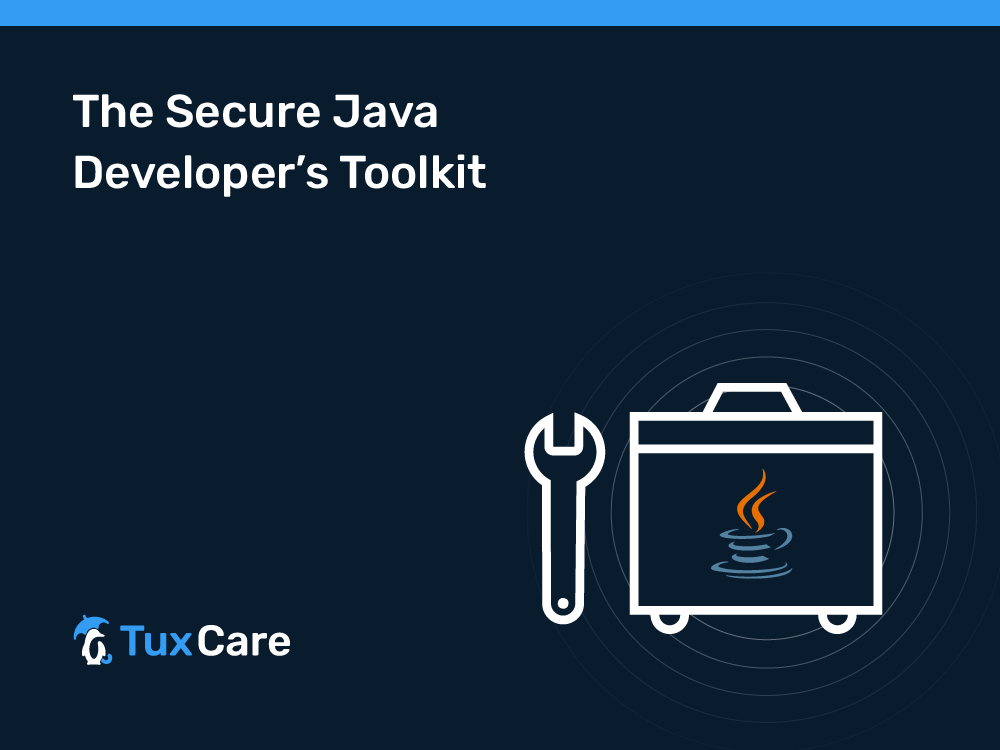The Secure Java Developer’s Toolkit
Java remains one of the most popular and widely-used programming languages. It’s not just about writing and running Java programs, though. A typical Java developer working in Linux has an entire ecosystem of tools and practices at their disposal, designed to make the development process smoother, faster, and more efficient. Let’s inspect the inner workings of a Java developer’s work environment.
A Look into the Development Toolkit
Integrated Development Environments (IDEs)
Java developers are spoiled for choice when it comes to IDEs. Whether it’s the extensibility of Eclipse, the nimbleness of NetBeans, or the comprehensiveness of IntelliJ IDEA, these tools provide a wide array of features that streamline the coding, debugging, and testing process.
Source Control with Git
Version control is a non-negotiable aspect of modern software development. Most Java developers rely on git, not only for versioning but also for collaboration. It allows developers to track changes, revert to previous states, and work on multiple features simultaneously.
Maven for Lifecycle Management
Maven is more than just a build tool. It’s a comprehensive project management tool that handles the project’s lifecycle, from compilation to documentation. With its convention over configuration approach, Maven simplifies the build process, making it consistent and predictable.
The Power of Repositories
Why reinvent the wheel when someone else has already done the heavy lifting? Java developers frequently turn to repositories like Maven Central and JitPack to obtain libraries. These repositories provide pre-built packages that address common functionalities, saving countless hours of development time.
Robust CI/CD Pipelines
Continuous Integration and Continuous Deployment (CI/CD) is the bedrock of modern DevOps practices. Java developers often have pipelines in place that automatically test, build, and deploy their applications, ensuring that the code is always in a deployable state and that any integration issues are detected early.
The Hidden Threat: Supply Chain Attacks
However, this well-oiled machine is not without its vulnerabilities. The very repositories that developers rely on can become their Achilles’ heel. Supply chain attacks have become increasingly prevalent. Manipulated repositories, typosquatting, and other deceptive practices can introduce malicious code into an otherwise secure application.
While developers can take precautions, such as verifying checksums and using signed packages, these measures are not foolproof. The threat is not just hypothetical – there have been several high-profile incidents where popular libraries were compromised, affecting thousands of applications.
Not a Battle to Fight Alone
Addressing supply chain attacks is a mammoth task. It’s not a problem that can be tackled in isolation. Individuals and organizations alike need to depend on a broader ecosystem that is dedicated to ensuring the security of the software supply chain.
Enter solutions like TuxCare’s SecureChain for Java. Such platforms prioritize the security of the libraries and packages that developers rely on. By constantly monitoring and addressing security issues in common libraries, they provide an added layer of defense against the ever-evolving threats in the cybersecurity landscape.
Trust is paramount. While the tools and practices of Java developers have evolved to offer unmatched efficiency and productivity, they also present new vulnerabilities. It’s a reminder that in the battle against cyber threats, collaboration and trust in vetted solutions like TuxCare’s SecureChain for Java are not just an option, but a necessity.



 Documentation
Documentation Login
Login




